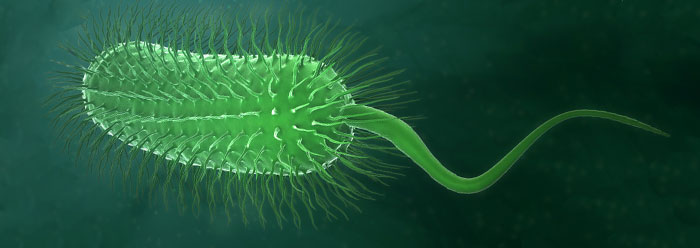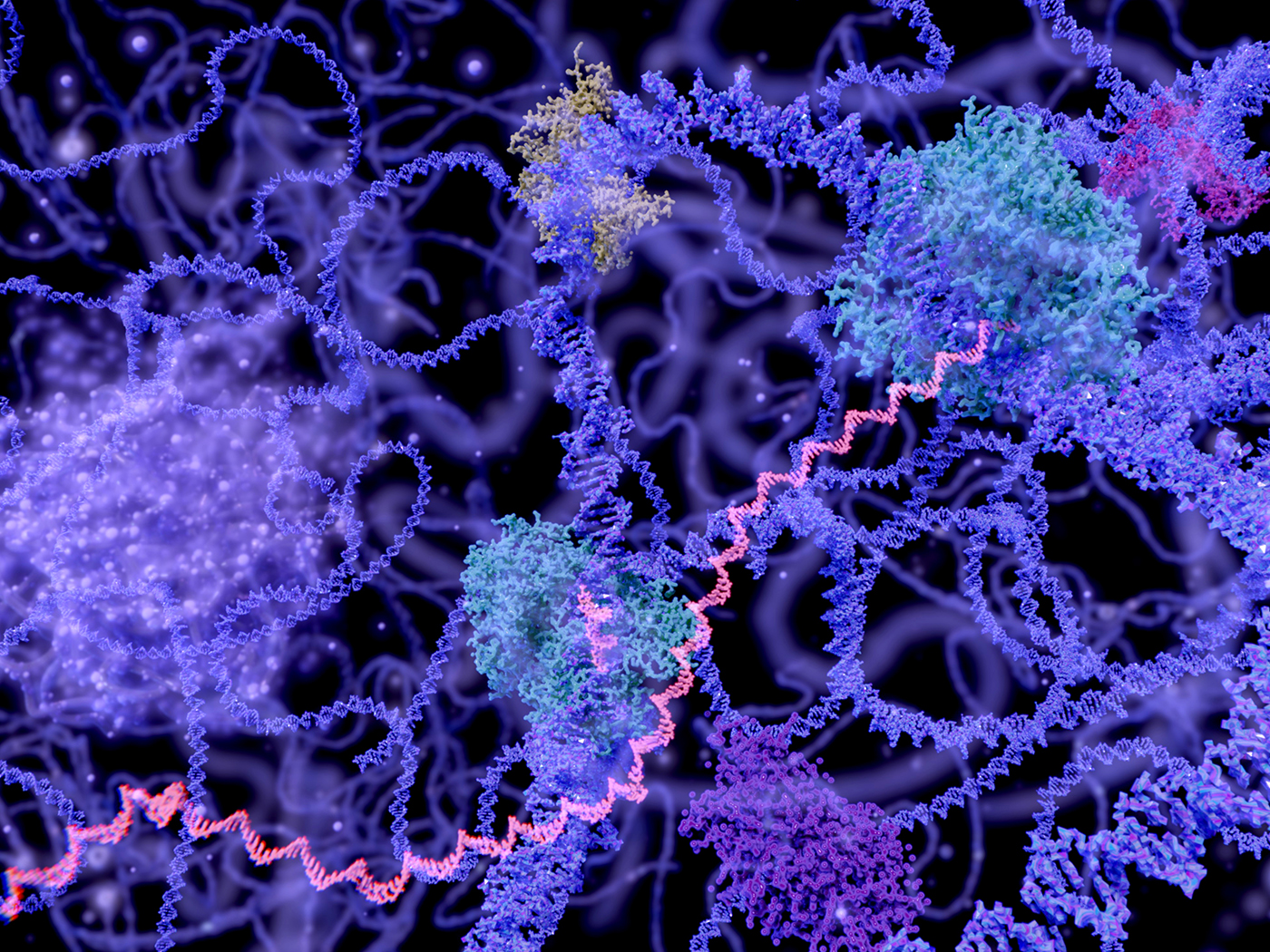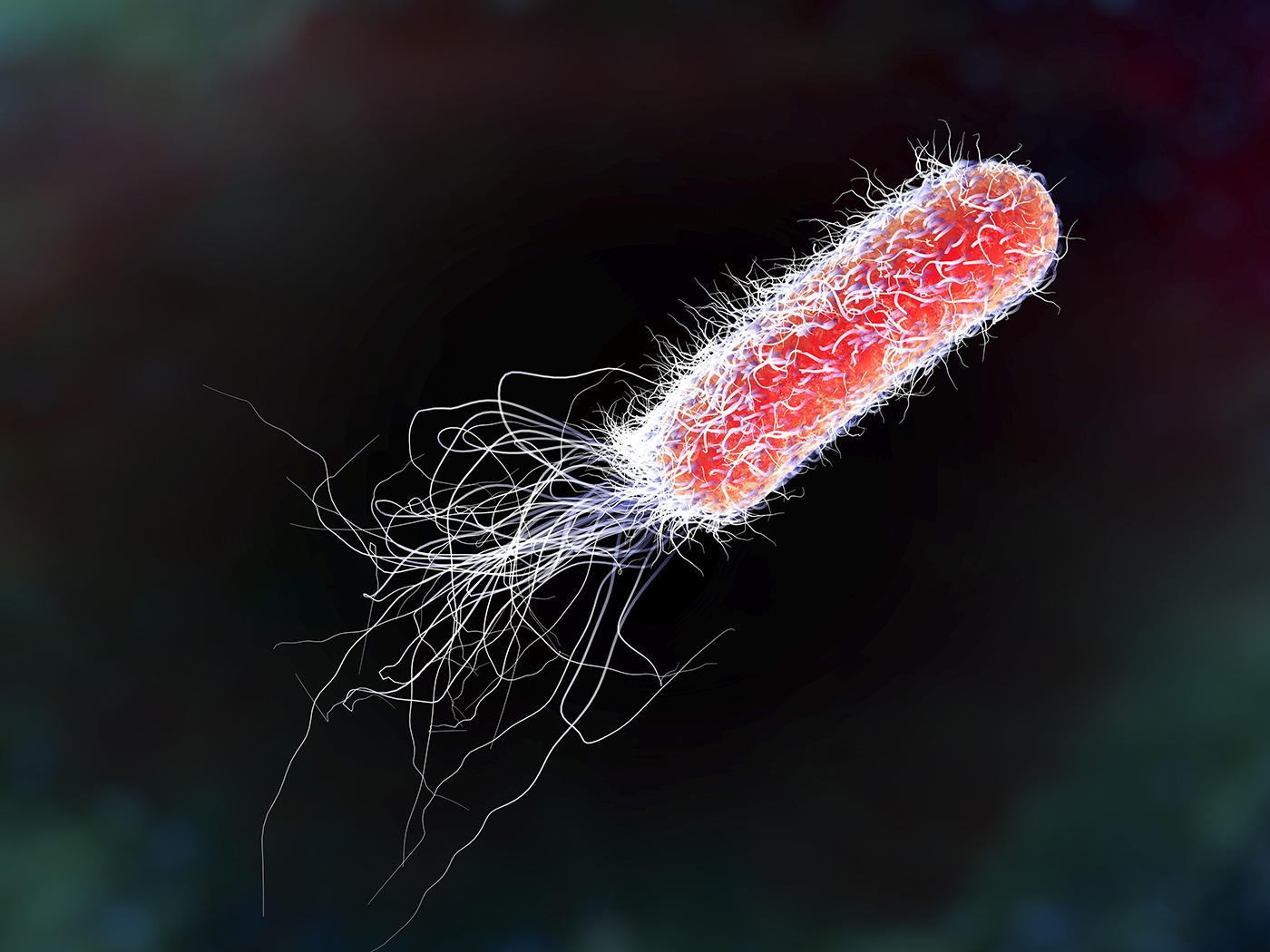The idea of evolutionary descent with modification holds that all the various kinds of living organisms arose through some natural step-by-step process—a concept that many have believed since Charles Darwin popularized it in 1859. That story has become less believable, however, since scientists discovered molecular machines.
The existence of these vital machines, each with its complement of necessary interacting parts, has proved too tough a hurdle for 19th-century concepts of evolution. Even modern researchers have difficulty explaining the machines' specified complexity within a completely naturalistic context. Since all their parts are needed in order for the organism to function, they could not have developed gradually over time. So, some scientists have suggested that Darwin's idea of "natural selection" does not answer how molecular machines came about.1
Publishing in Science, a team of international researchers wrote, "For the addition of some of these proteins, selection probably did drive increased complexity, but there is no basis to assume that this explains all, or even most, of the increased complexity of these machines" (emphasis added).1 One big problem is that, although natural selection is assumed to generate new features, there have been few rigorous studies to pin down exactly which new traits have "emerged" as a result of which environmental factors.
The results of even those few studies have been equivocal. Also, "increased complexity" is not observed to occur in nature, even among populations of fruit flies and bacteria that are purposefully stressed in genetic experiments.2 The flies never sprout incipient infrared detectors or flippers, and the bacteria never generate new molecular paddles or motors, regardless of what selection may or may not be involved. So, if "selection" is out, then what is in?
In the recent Science report, the researchers proposed as an alternative that the various parts of molecular motors assembled together "fortuitously" by chance.1 Thus, two proteins came together and formed an initial bond. Afterward, the genes for the two new protein partners supposedly developed mutations that permanently linked them together. Then, since it is likely that mutations would occur in places other than just the initial linkage point, further mutations would add more attachment points for other proteins.
But how likely is it that just the right protein fragments happened to link by accident, that further accidents caused them to bond more tightly, and that even more accidents linked just the right additional protein parts together to eventually build the protein machines which the cell would have needed all along?3
The researchers referred to this "process" as a one-way ratchet, which they propose would explain the interdependence between two or more protein machine parts. They wrote, "Much of the bewildering intricacy of cells could consist of originally fortuitous molecular interactions that have become more or less fixed by constructive neutral evolution."1
"Neutral evolution" is the idea that just the right parts happened to get together and stay together, even in the absence of the environmental pressures that Darwin invoked to explain the origin of new traits.4
The study's authors speculated that some molecular machines "might" have been assembled by an "accident" that happened between proteins. Though originally used for one task, the new accidental arrangement was "fortuitous" because it led to the assemblage of a new protein complex that could now perform a different task.
However, there is no evidence of this occurring in the past or present! It is merely the logical consequent of a list of assumed premises, including the assumption that life was not created by God. Now, without "natural selection" to rely on, big-picture evolution must rest on the foundation of "fortuitous" accident.
With each passing month, new scientific investigations reveal unforeseen functionality for cellular machine parts that had been erroneously considered superfluous. If this trend of discovery continues, eventually there will be no nonfunctional parts or inefficiency found anywhere inside the cell. And that would leave no setting for the imaginative story of "neutral evolution" to even take place.
And that would lead to the most natural conclusion of all—that the design evident in life must have originated from a Designer.
References
- Gray, M. W. et al. 2010. Irremediable Complexity? Science. 330 (6006): 920-921.
- Thomas, B. 2010. No Fruit Fly Evolution Even after 600 Generations. ICR News. Posted November 6, 2010, accessed December 1, 2010.
- Thomas, B. 2009. ATP synthase: majestic molecular machine made by a mastermind. Creation. 31 (4): 21-23.
- Thomas, B. 2009. Preadaptation: A Blow to Irreducible Complexity? Acts & Facts. 38 (11): 15.
* Mr. Thomas is Science Writer at the Institute for Creation Research.
Article posted on December 2, 2010.























